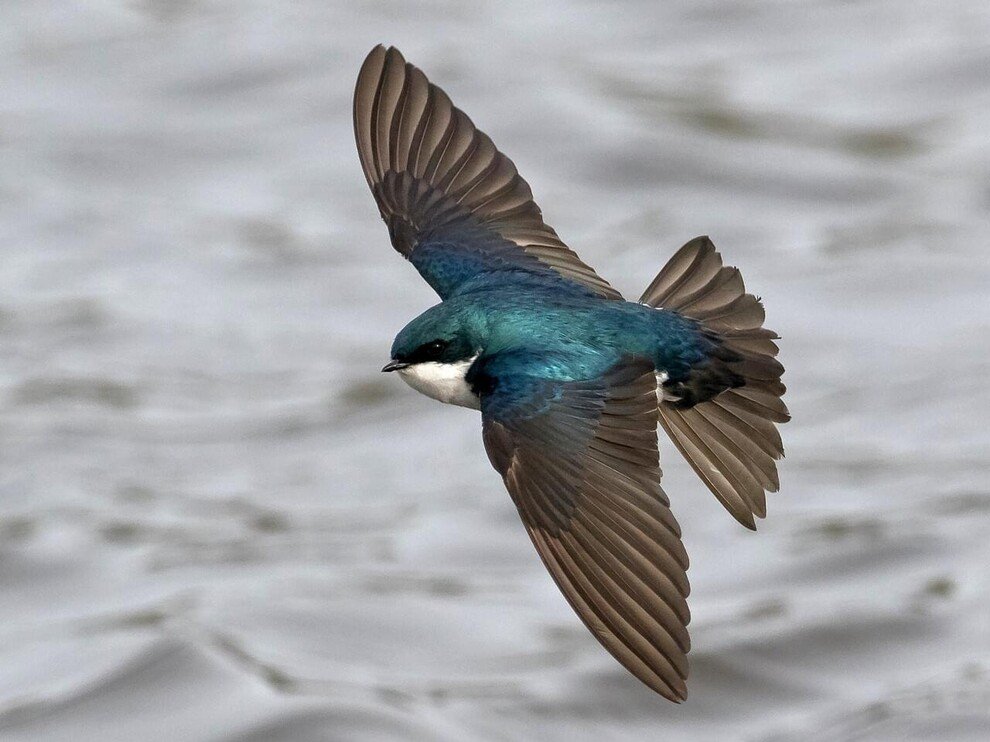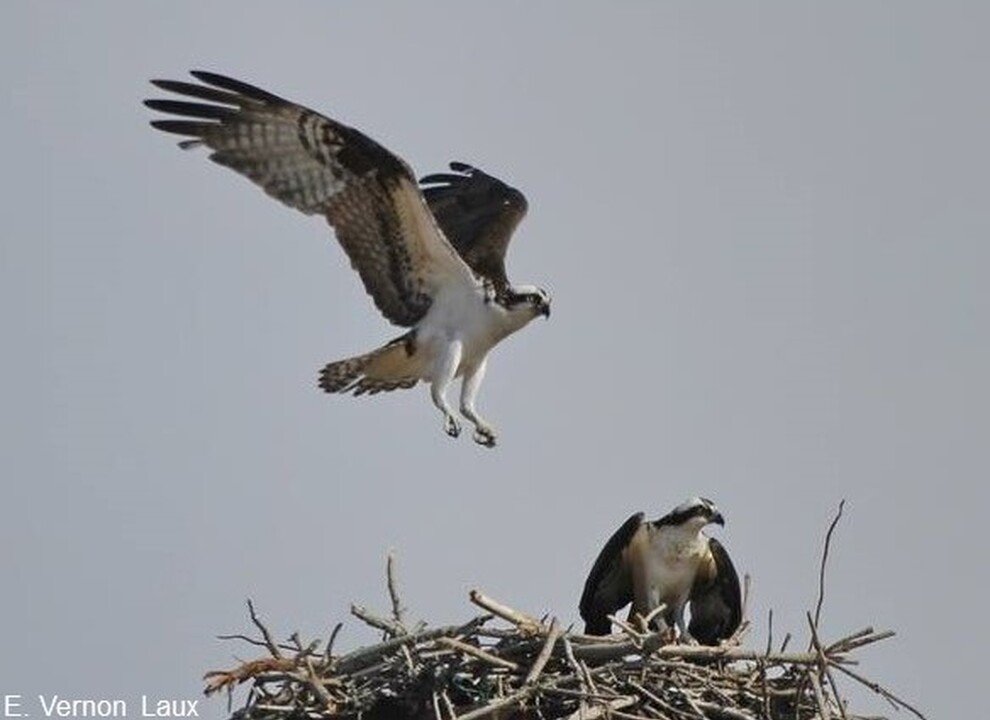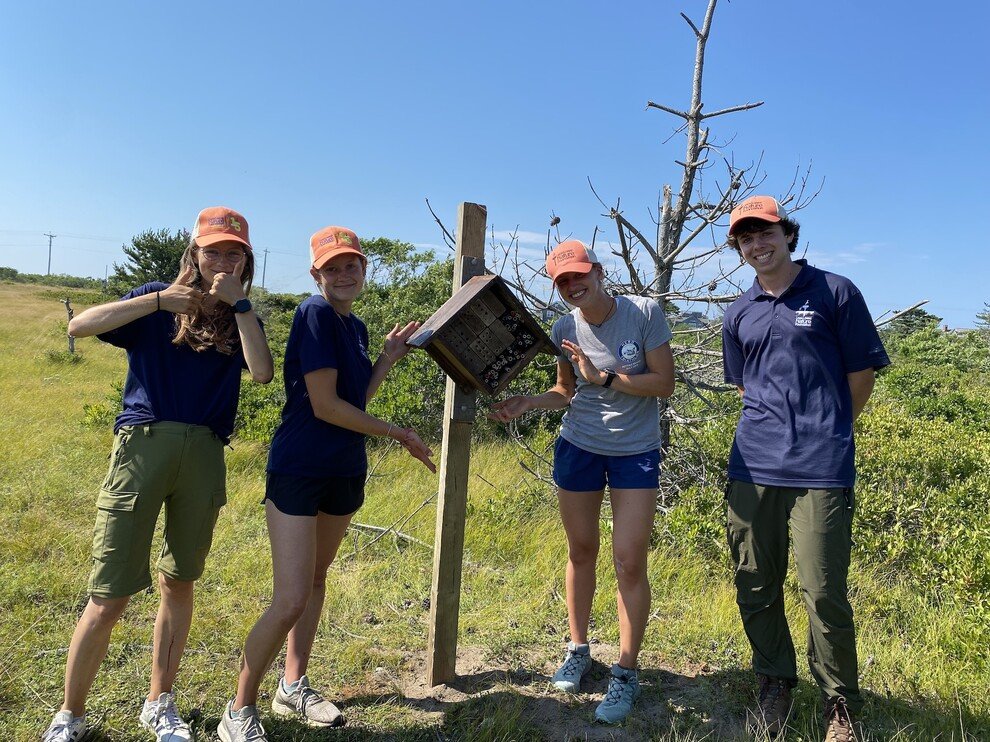
Current Nature: The Magic of Bird Migration
If you're teetering on the edge of diving into the birding world, now's the perfect moment to spread your wings and join the flock. It's spring migration season, and it's like a bird bonanza right at your doorstep. From tiny warblers flitting among the branches to impressive raptors gliding overhead and elegant shorebirds foraging at low tide, there's a spectacle for everyone. And with birds in constant motion day and night, there's always a chance of spotting a delightful surprise!

Current Nature: Walden Warming - Investigating Climate Change Impacts Through History And Science
With the daffodils waning after a gorgeous Nantucket holiday weekend, we’re out and about looking for other signs of spring. Next to bloom are lilacs in our gardens and beach plums along the island’s sandy trails. I hear that the stripers are soon to follow, for those who keep an eye towards the water.

Current Nature: Celebrating Spring With Our Tree Swallows
Guess who's back on island to kick off spring in style? That's right - the tree swallows have returned, and they're putting on quite the show across our island.
Around this time of year, these fantastic iridescent blue-green birds start showing up, fresh from their winter adventures down south in places like Florida and Central America. It's always exciting to see them flock together, almost like a migration party on our island. We are thrilled to have them back with us.

Linda Loring Nature Foundation Receives National Award for Excellence in Phenology Research
The Linda Loring Nature Foundation is pleased to announce that we are the recipients of a national award for excellence in phenological research and outreach.
The National Phenology Network has named LLNF as PhenoChampions for our work in observing, recording, and educating the public about phenology.

Current Nature: Phenology Fun
unlike most plants, Beach Plum flowers before leaf buds appear, a unique phenological display. Spring has arrived, just in time for National Phenology Week! Spring is a great time of year to dive into phenology, which is the study of the timing and patterns of events in the natural world.

Current Nature: Migration Marvels
In the next few weeks, the first seasonal residents will return to Nantucket. No, not mainlanders- migratory birds! The majority of birds that we see on Nantucket spend the winter elsewhere, either somewhere very warm or very cold depending on the bird. Soon a trickle of songbirds and shorebirds will arrive, beginning another spring nesting season.

Current Nature: Be A Bird Buddy!
In today’s age of modern technology, there are more options than ever to learn about birds in your own backyard. One of the coolest items to recently hit the market is the Bird Buddy, a compact bird-feeder that takes pictures of the birds that visit, identifies them for you and sends the photo directly to an app on your smartphone.

Current Nature: Bee Hotels to Keep Your Pollinators Cozy
At the Linda Loring Nature Foundation, one of our volunteers, Tessa Husted, made it her mission to help out the solitary bees in need and created a Pollinator Hideout. A Pollinator Hideout is a specially designed space that provides shelter and protection for bees during the winter. These hideouts come in various forms, from simple garden structures to more elaborate bee hotels. The goal is to create a welcoming and safe space where bees can find a barrier against the biting winds and freezing temperatures.
